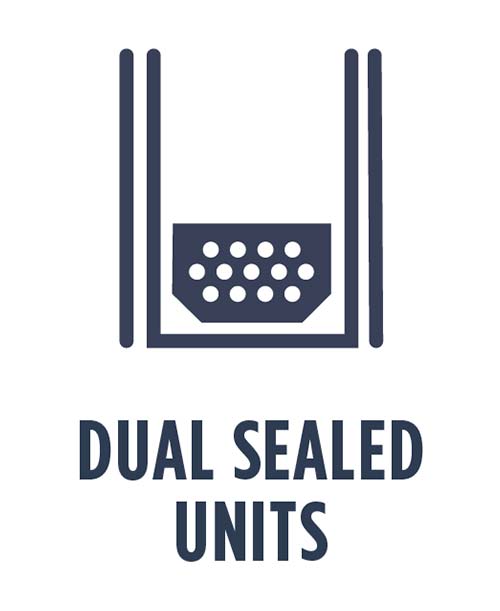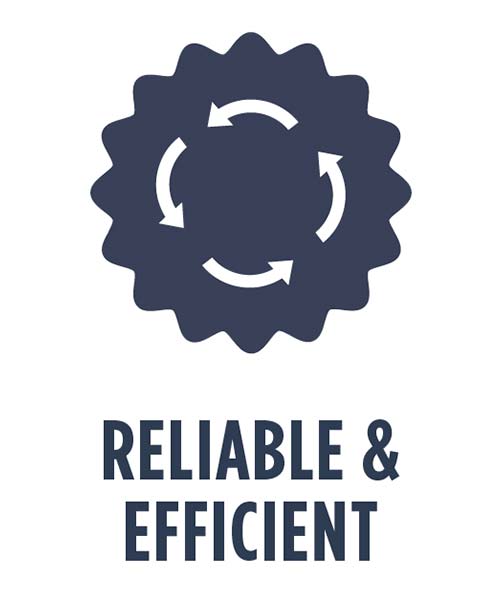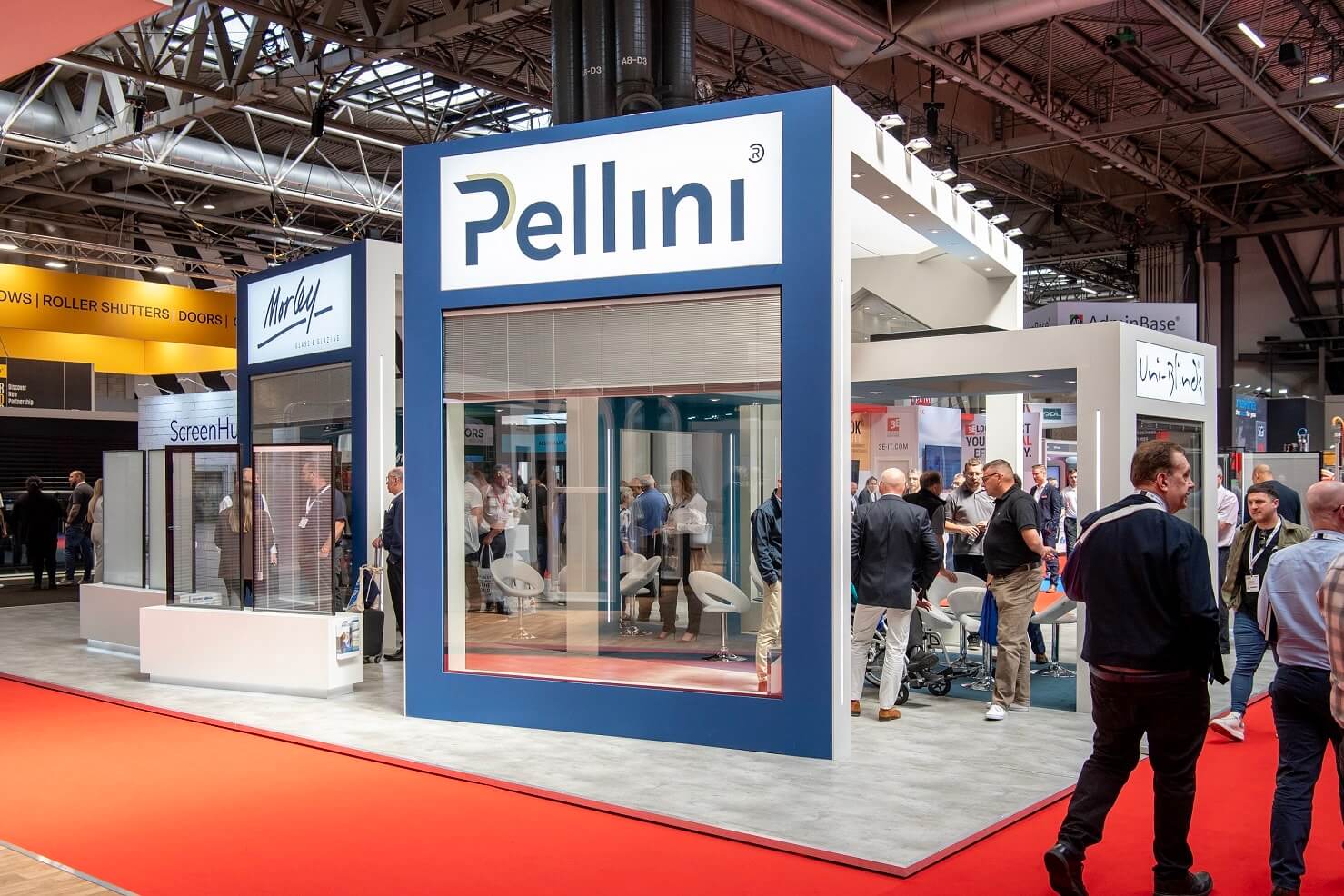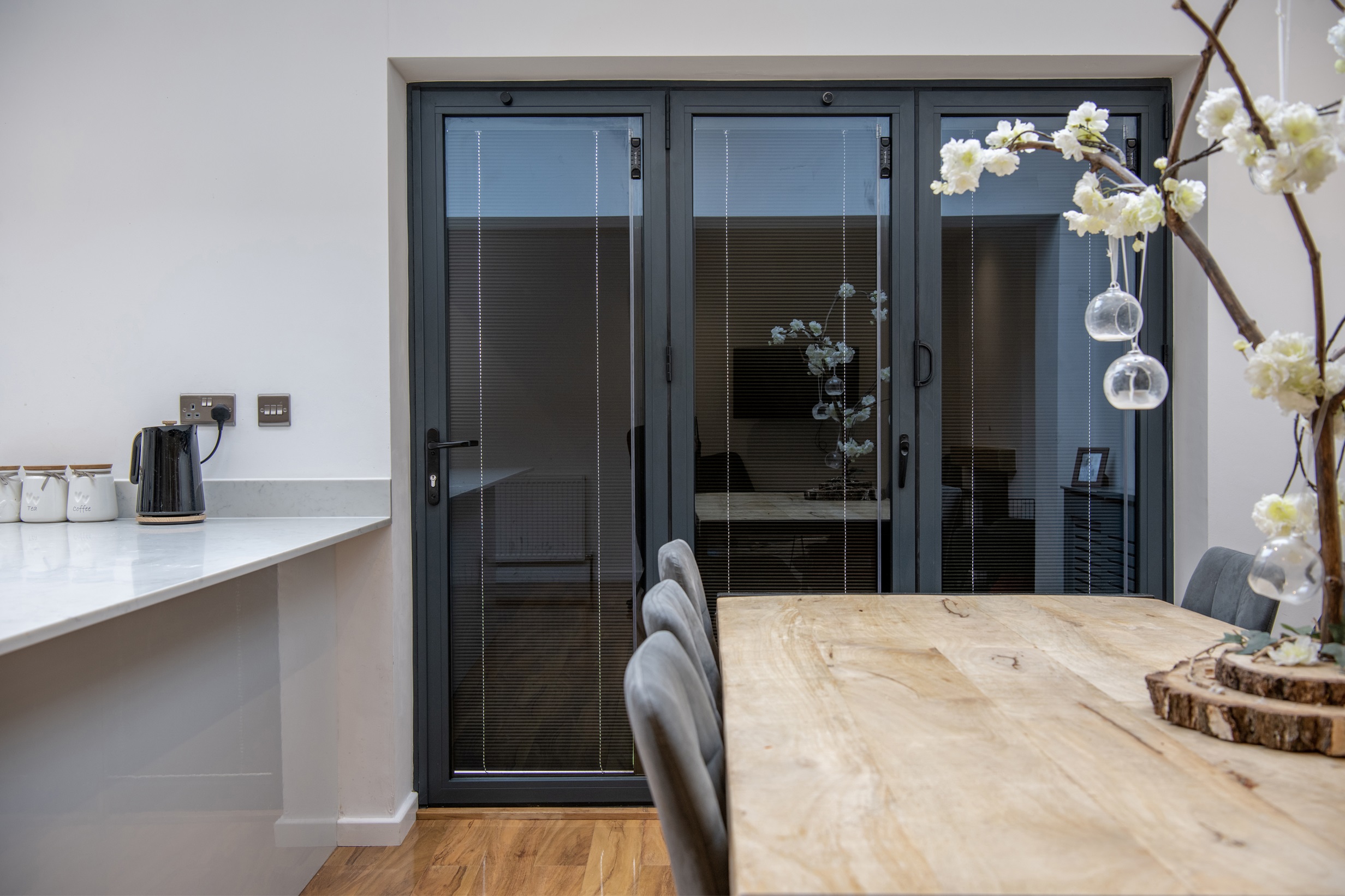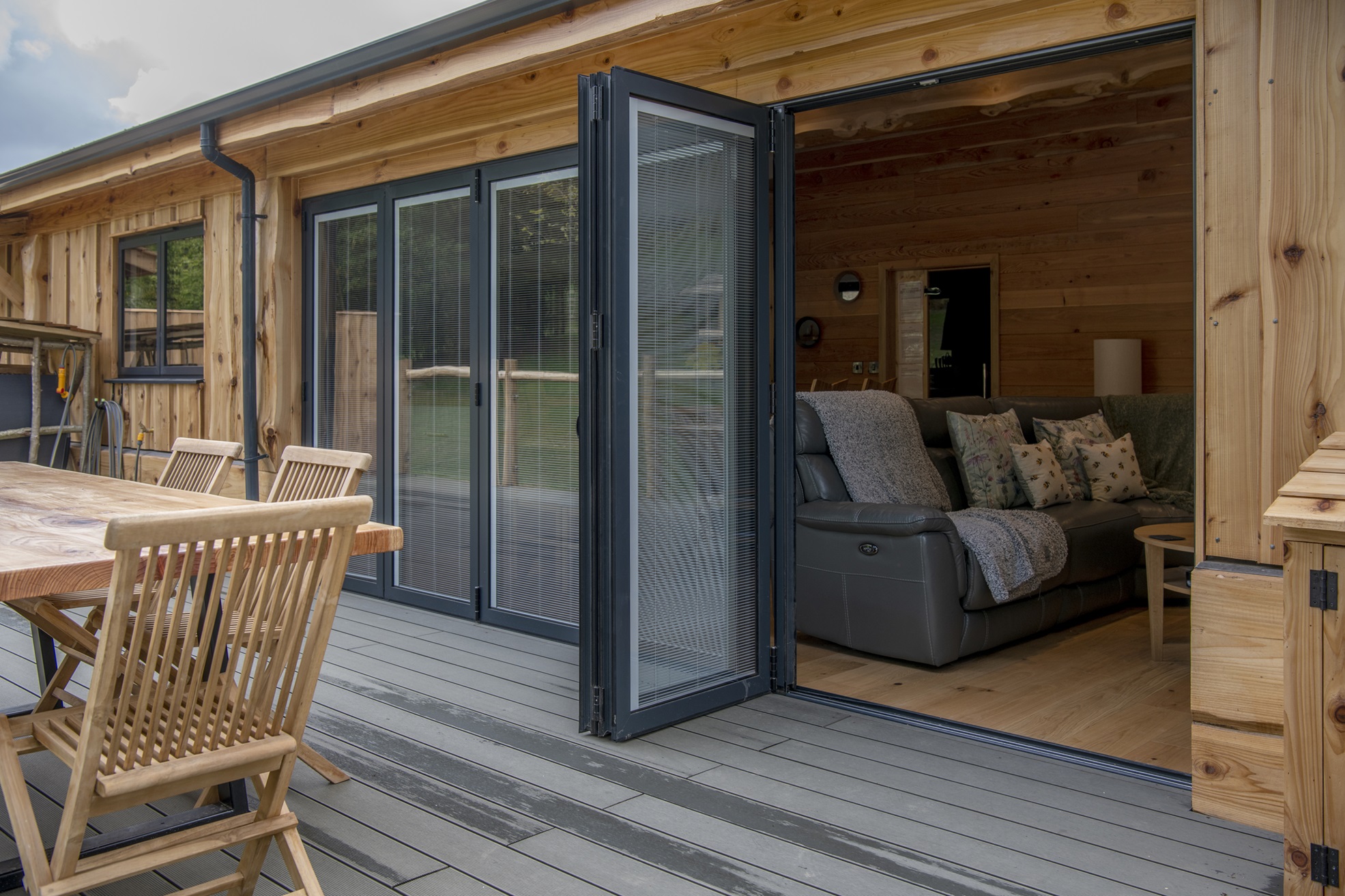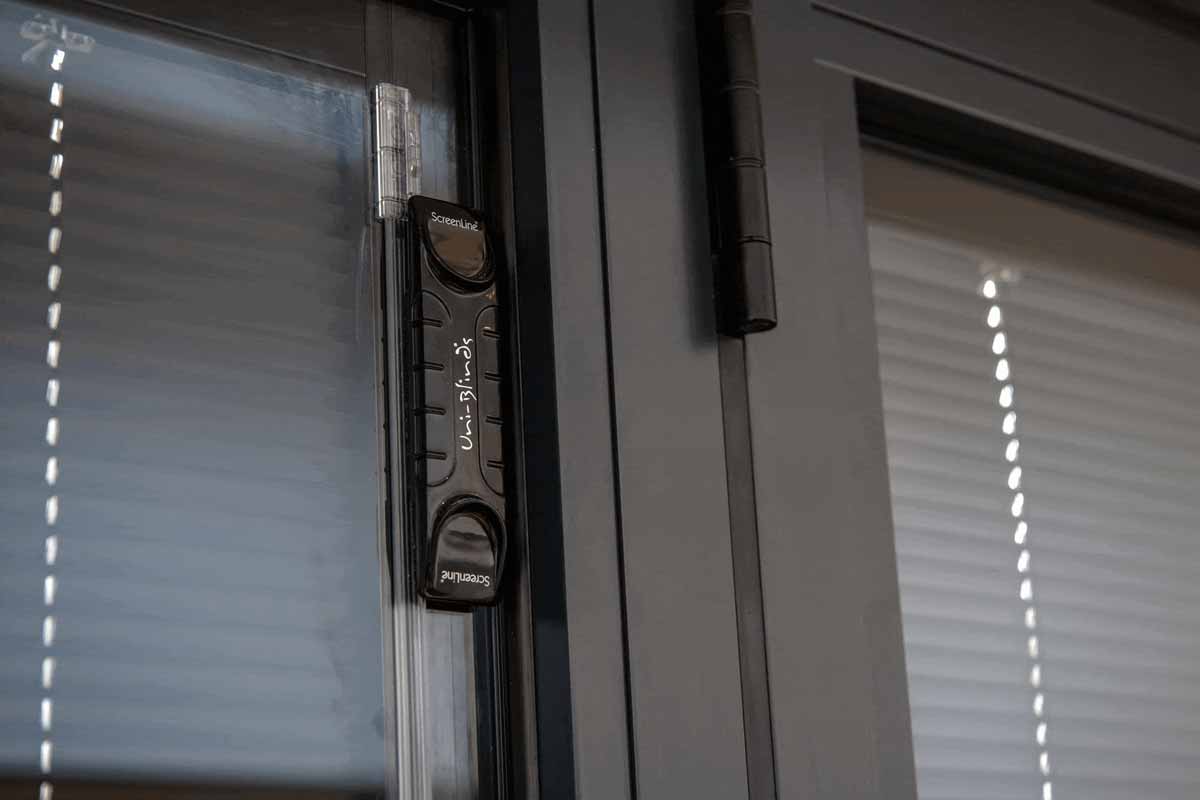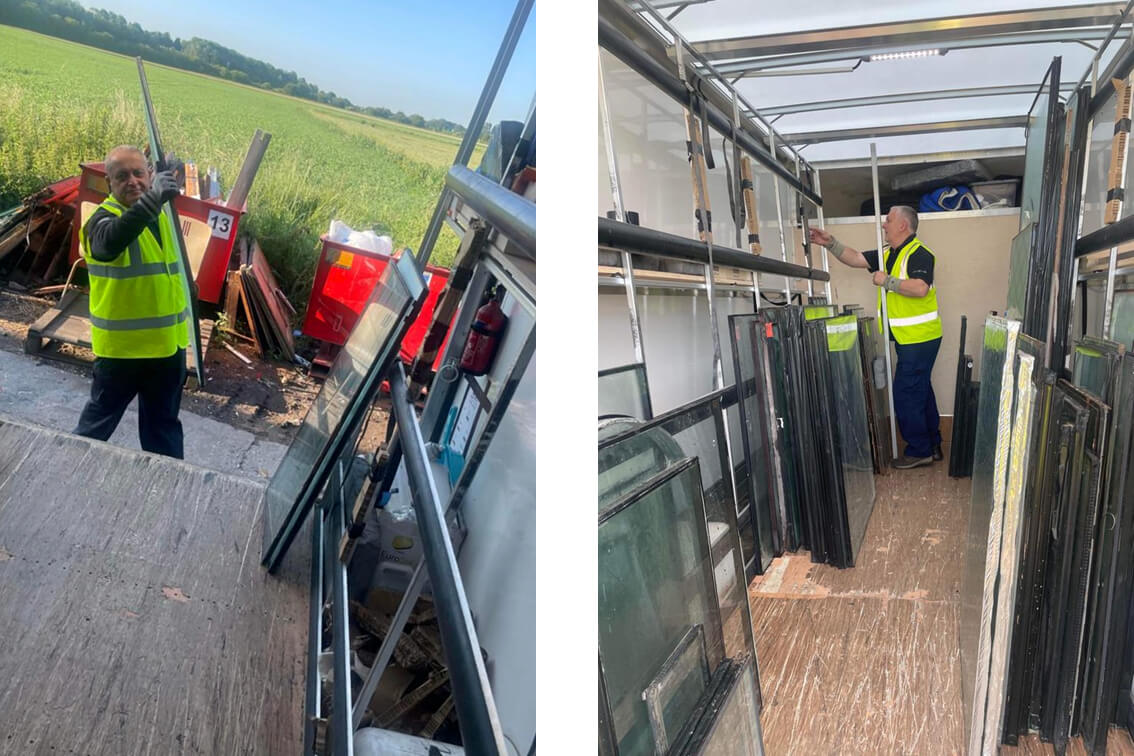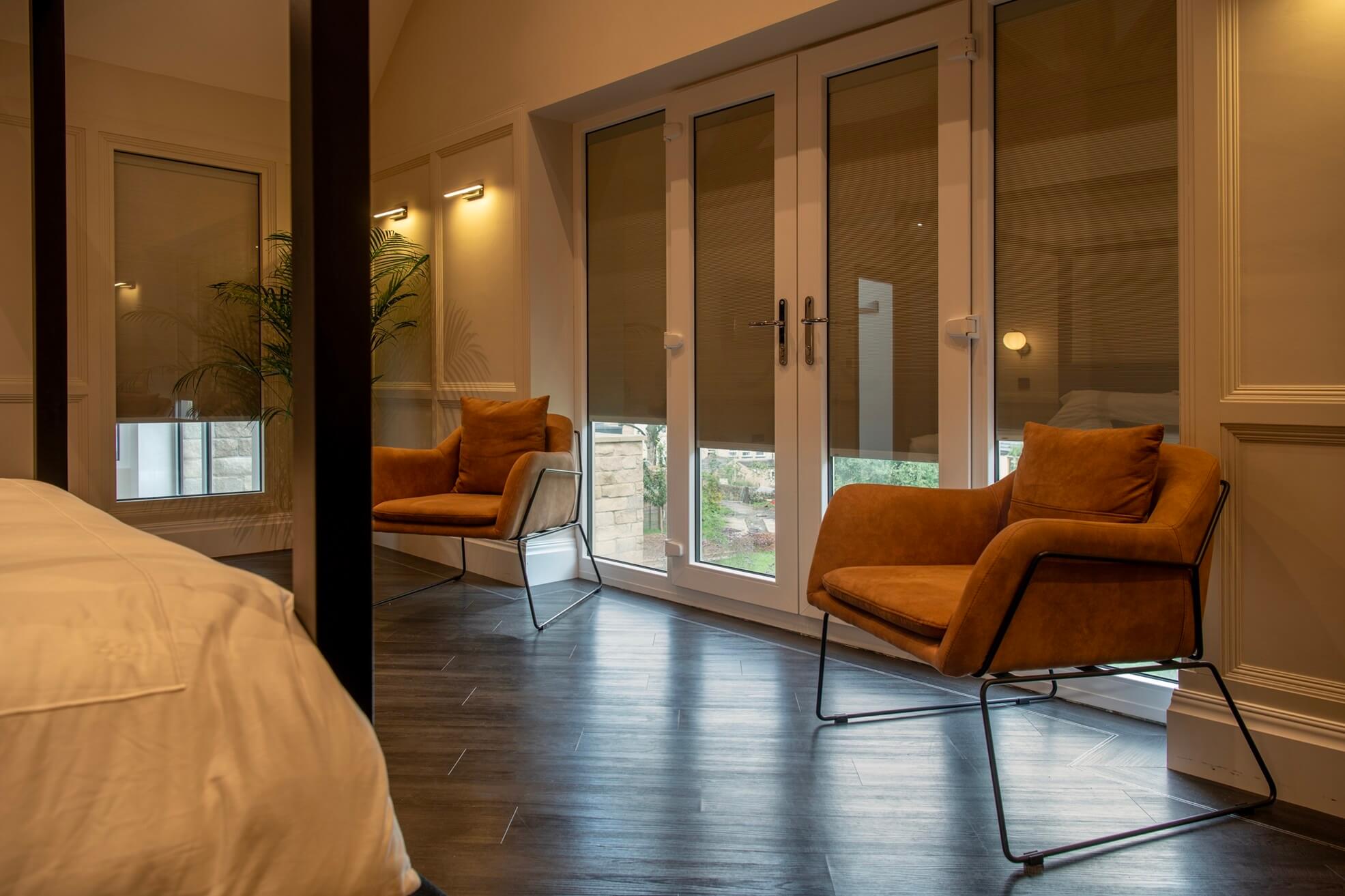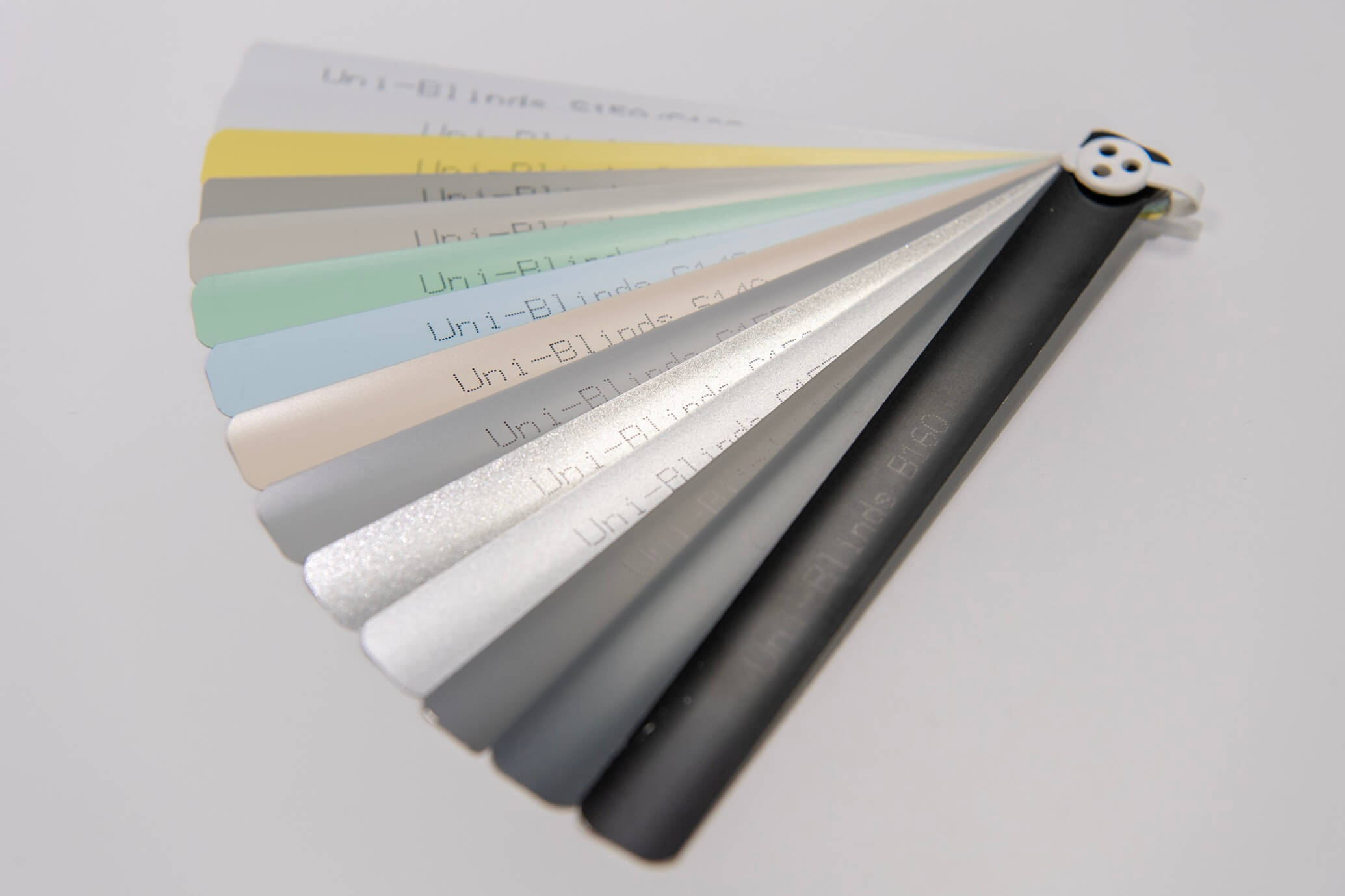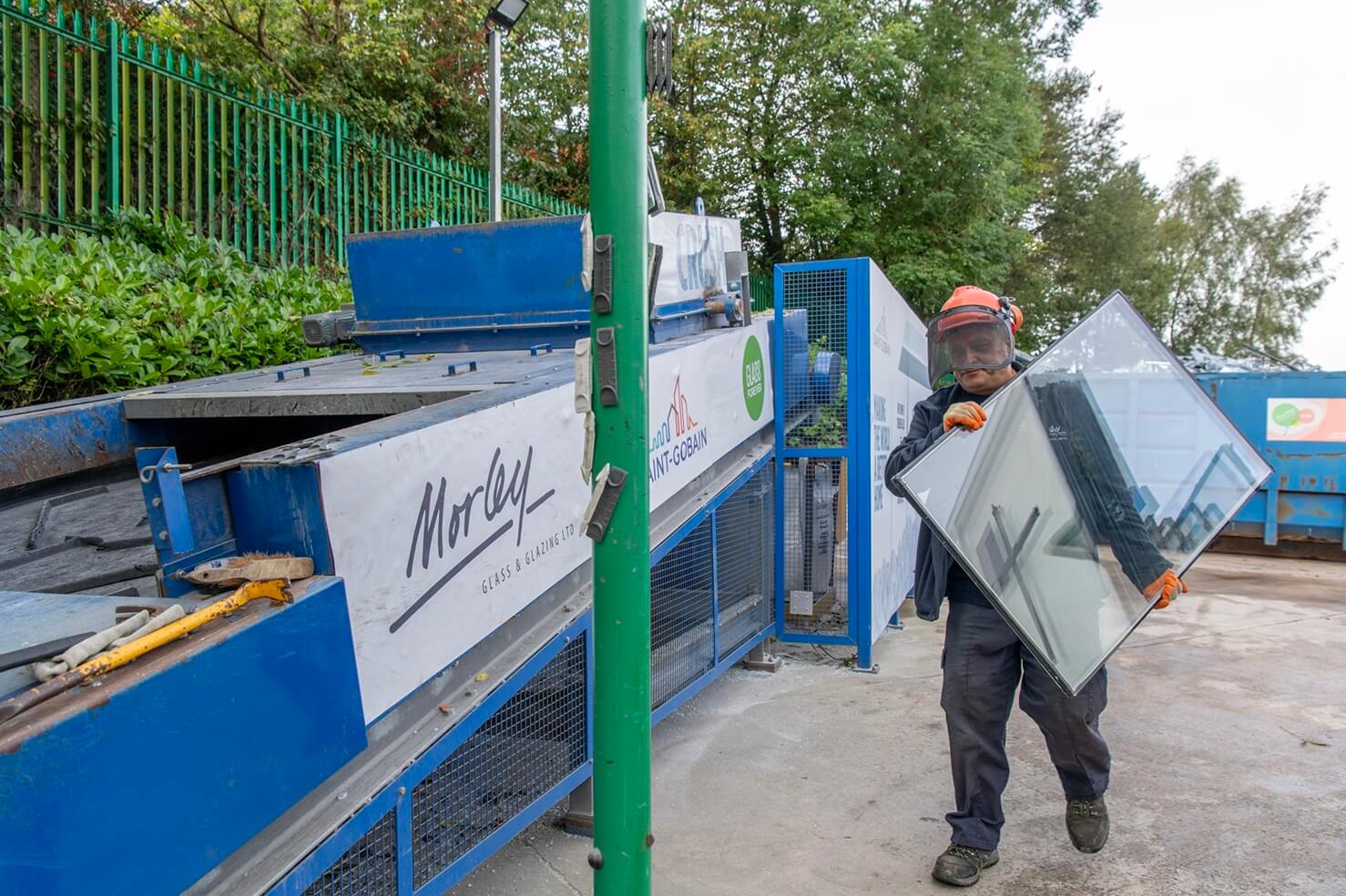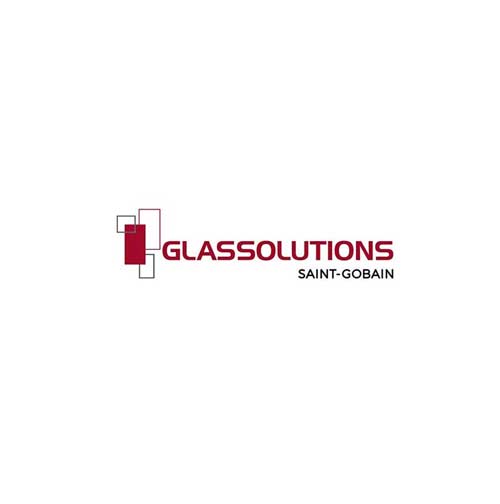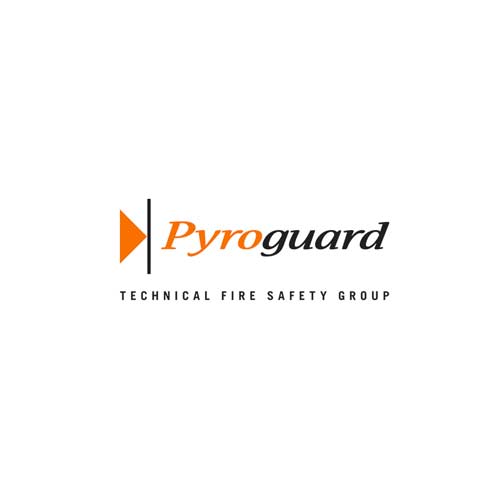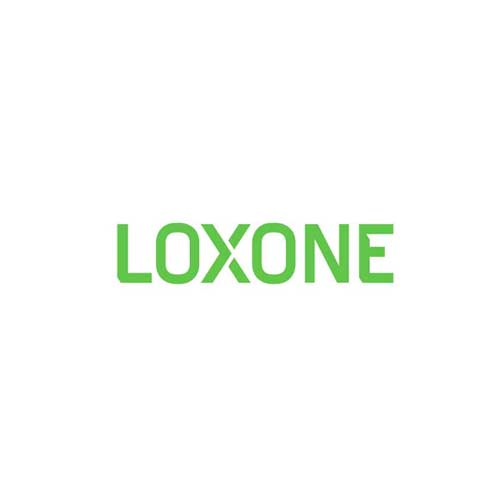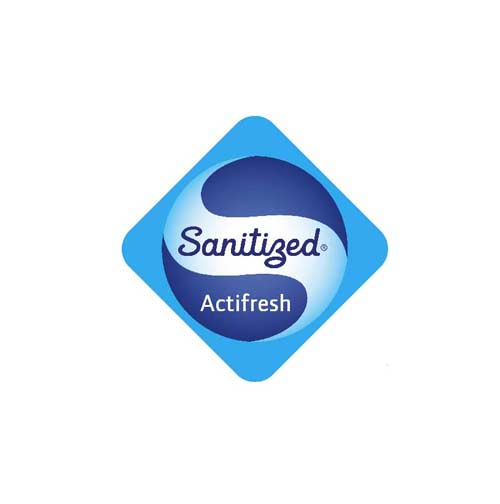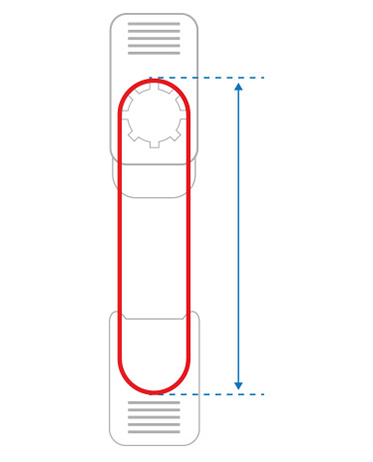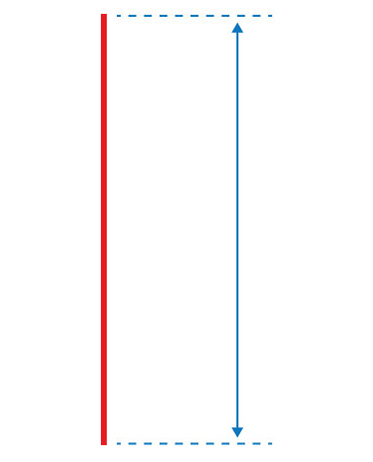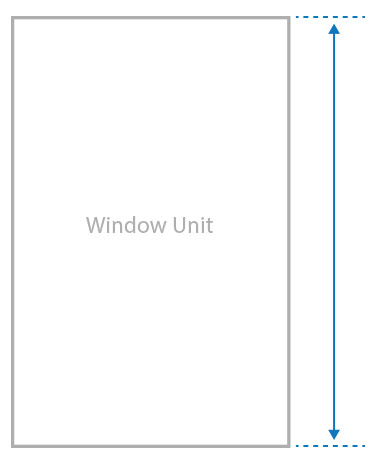Float glass
We use the best Q1 rated float glass, offering a superior product at a competitive price
More than 90% of the glass on Earth is produced using the float process, also known as the Pilkington process after its inventor, Sir Alastair Pilkington.
Glass produced using this process is known as float glass or annealed glass and is made by floating a bed of poured molten glass onto a flat surface consisting of molten metal.
The float glass process revolutionised the world's glass production ability more than six decades ago and is now responsible for the manufacture of more than 800,000 tons of glass per year.
After going through the basic annealing process, float glass is often used as the base for more advanced forms of glass, such as toughened or tempered glass.
Float glass main features:
What is float glass used for?
Regular float glass, typically called annealed glass, is usually used for smaller windows in residential and commercial construction applications. Larger windows should be made using tempered or toughened float glass to enhance durability.
Since float glass is the most commonly used type of glass in the world, its applications are virtually endless. It's important to note that our Q1 float glass can be used for medium and large windows because it's thoroughly tempered after the initial annealing process.
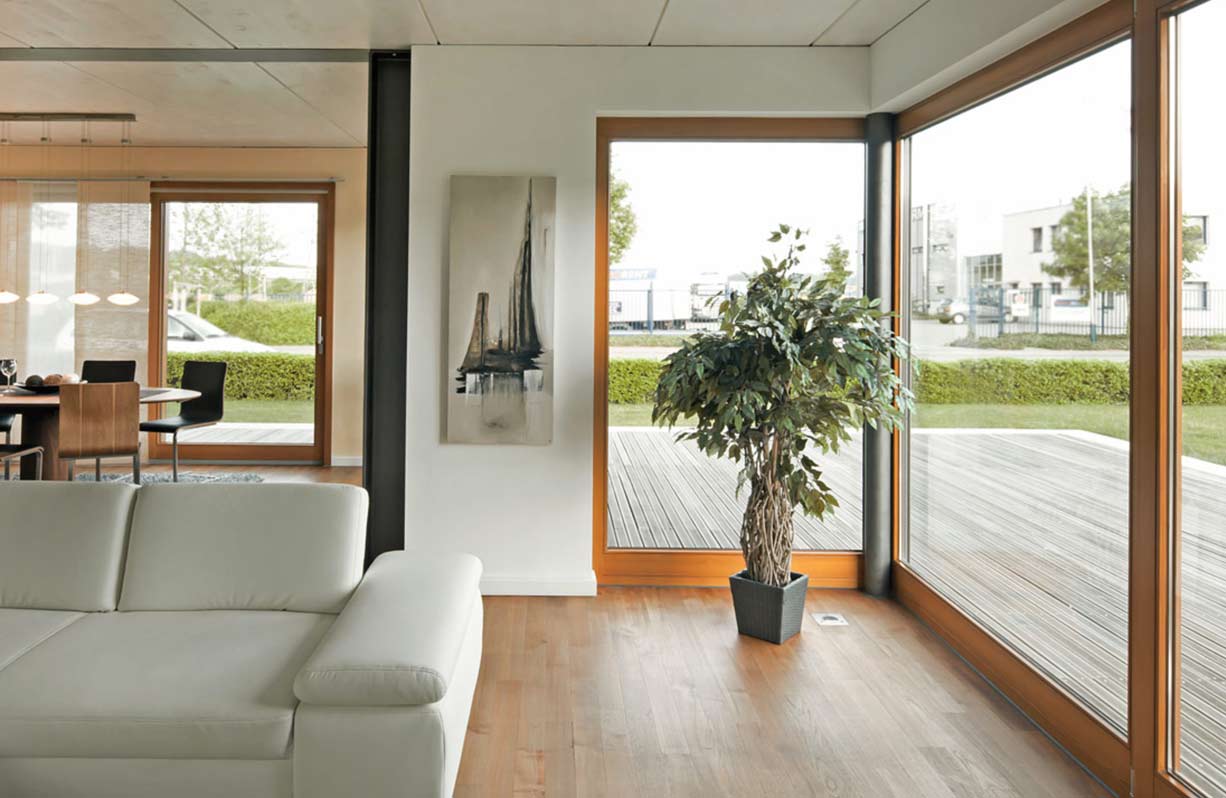
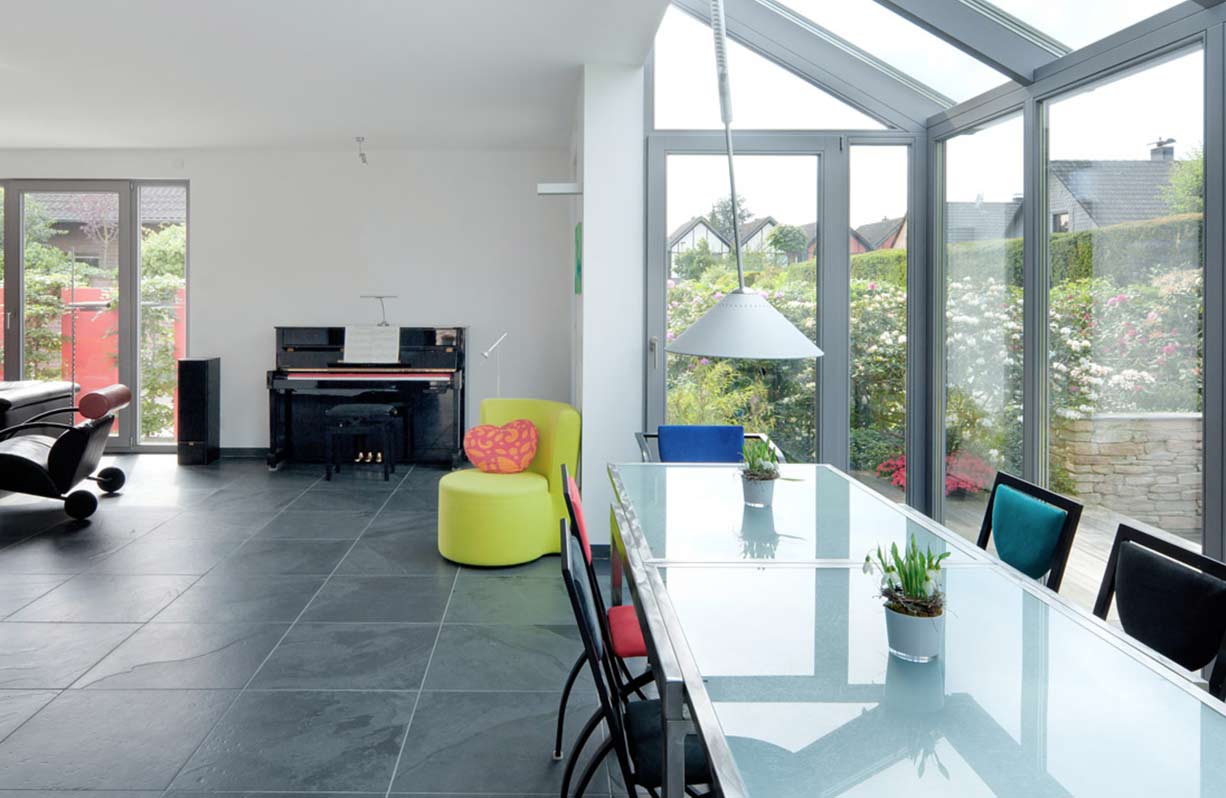
Why is our Q1 float glass special?
There are four qualities of glass – Q1, Q2, Q3, and Q4 – with Q1 being the finest. Quality is determined by the presence of blemishes and imperfections on the surface and within the structure of the glass.
The Q1 glass that we provide is known for containing no blemishes and is made using the best floating equipment on the market.
Morley Glass takes pride in sourcing all of our materials from the best suppliers and utilising the most advanced manufacturing processes to create a superior product at a competitive price.
Contact us today to find out more about our glass and how it can be used to meet your needs for any application.


